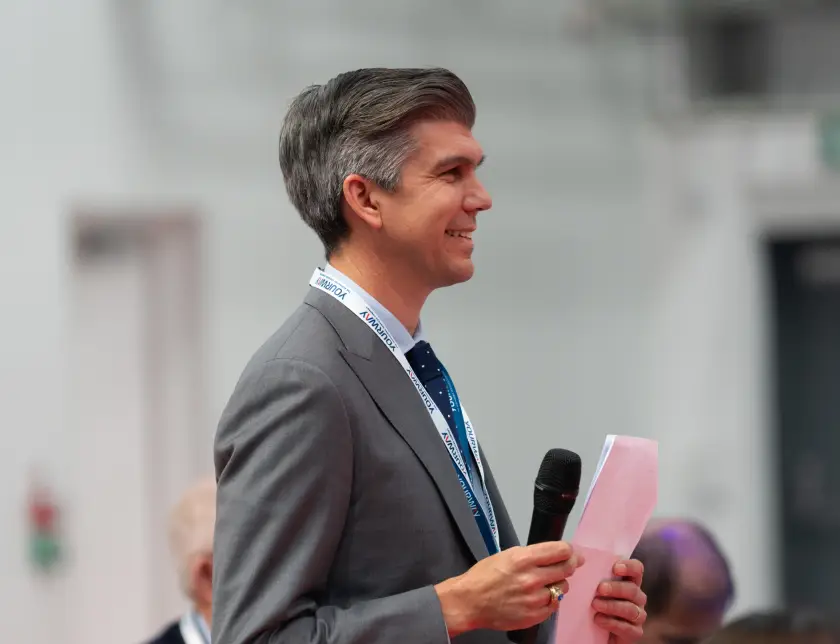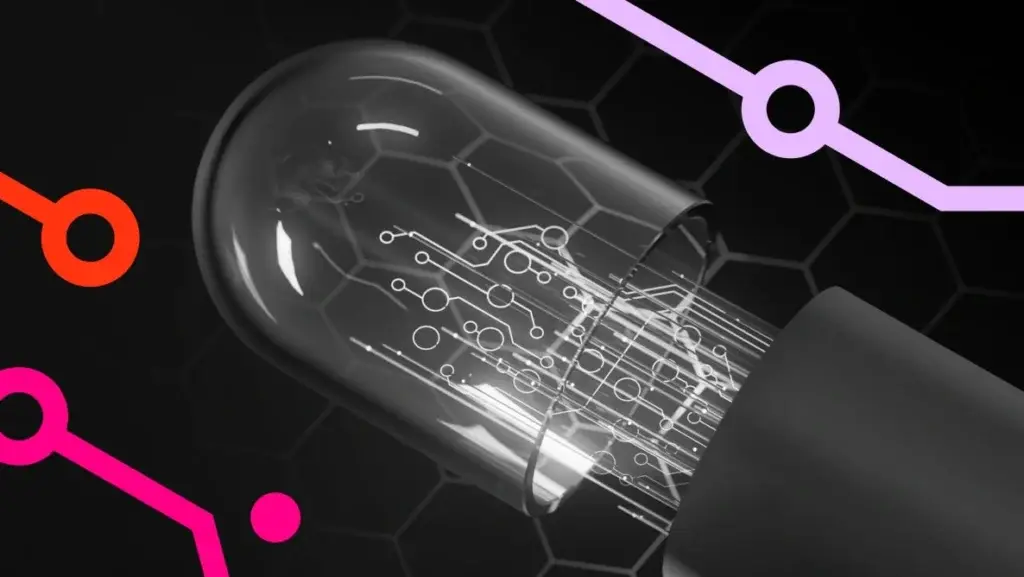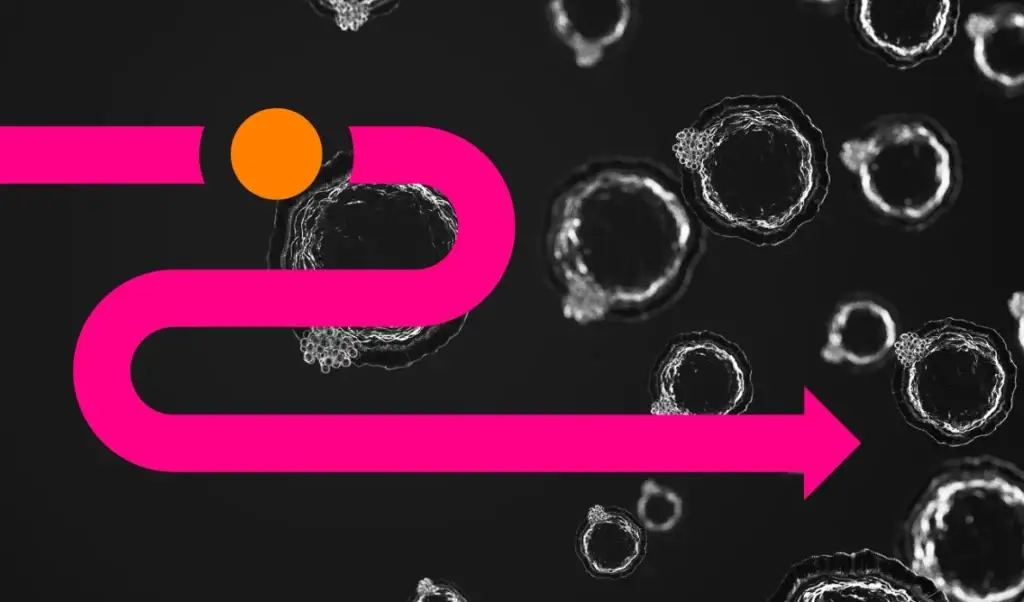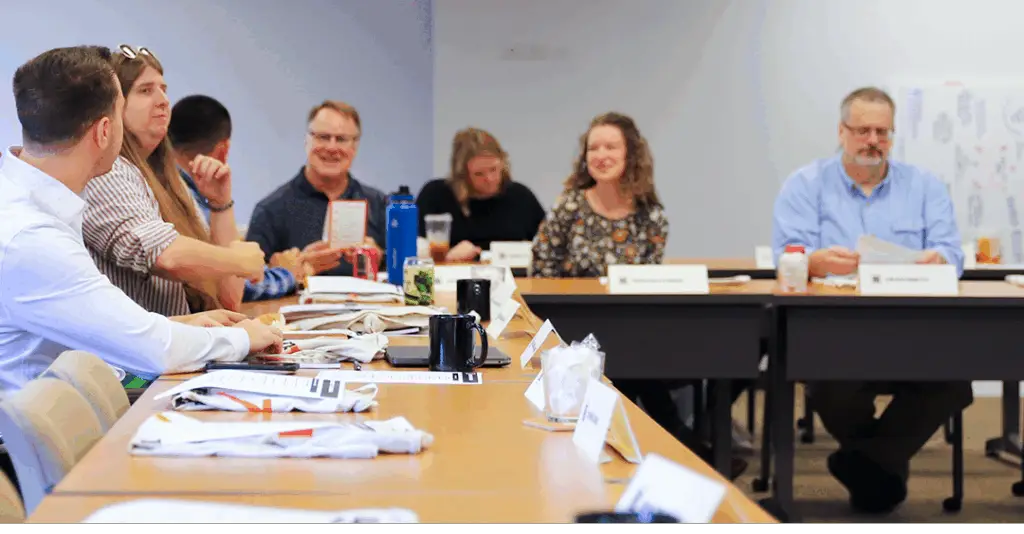Five strategies for planning a successful event
Written by:
Date:

Holding a major event can be a splashy way to raise awareness for a brand or project, and offers the opportunity for a highly engaging experience. When planning such an event, it is crucial to consider many factors to ensure you represent a client effectively and leave guests with a positive impression. With the right approach, these plans can also help to maximize investment in the event and extend its value far past the day it occurs.
Earlier this year, a biopharma services company wanted to hold a grand opening event for its new flagship GMP depot in Dublin. In addition to offering tours of this new facility, the event would bring together key opinion leaders to discuss industry megatrends and offer networking opportunities. As the lead agency, HDMZ was responsible for organizing the event — from planning to advertising to emceeing. Here, we share five of the major insights and takeaways we gained from the experience.
Find the right partnerships so you can focus on what you do best
A key part of planning an event is making sure you have the right people to do the right tasks. This can mean leveraging relationships and knowing who can provide which services. Finding the right publishing partner, for instance, can be critical for promotion and to help source compelling speakers. In some cases, groups or individuals might be wearing multiple hats. Being able to coordinate various parties and leverage their individual strengths can be critical to success.
For example, although HDMZ played a central role in creating and marketing the event, we’re not event specialists. Through Confrad — a global collective of marketing agencies of which we are a member — we worked with a leading events company based in Belfast, Callow Events, to coordinate a variety of logistics, including catering, lighting and staging, videography, audiovisual support, registration, and more. Because our partner was based in Ireland, it had a strong understanding of the local market and connections to local suppliers, in addition to providing high production quality. We were able to trust that the logistical execution would be conducted expertly, which allowed us to focus on the symposium’s promotion and programming.
Pull as many levers as you can to generate interest
An event like this is an excellent opportunity to position a brand as a thought leader, and to provide value through insight and education. However, this can only be effective if representatives from the relevant industry actually attend. To this end, it’s important to use all available resources to build attention and excitement around the event.
For us, this spanned a wide variety of tactics. These included a multi-touchpoint, multichannel approach to media promotions and placements to expand reach, utilizing targeted emails and promoting the event in great quality trade media, which the target audience regularly reads. We leveraged existing relationships with prospective attendees we were confident would come, and invited potential attendees as early as possible. Additionally, we considered the role of location and timing in maximizing attendance: For many potential attendees, flying to Dublin for this event would be a big lift. However, if we timed the event so that it was shortly after a large industry event in the UK, it would be easier to convince invitees to stay in the region rather than make a separate trip.
Be ready to adapt
No matter how well an event is planned, it is almost inevitable that some last-minute adjustments will be necessary. Coming to an event with the expectation of adjusting and adapting, when necessary, is critical to being able to roll with the punches instead of panicking. Some of these changes are likely to be relatively minor, such as files that need updating to fit the A/V format being used. Others are not strictly required for the event to be successful, but can improve it, such as adjusting the layout of a room so that it will come across better in videos and photography.
More significant changes take an open mind and flexibility. In the case of this event, a new speaker was added late in the planning process, and another had to drop out due to illness. With an adaptable and positive mindset, we were able to make the appropriate alterations to the schedule.
Plan for more than just a one-day event
Giving an event life beyond its duration can take several forms. One is to take advantage of the available opportunities while the event is ongoing. For instance, a camera crew was on hand for the depot opening, and we made sure to use it not only to record the keynote speeches, but also to conduct interviews with employees and attendees that could be used in future content. Another is to use the event to drive engagement across social channels leading up to and following the event.
Additionally, interaction with attendees should span more than just the day of the event. Convening a large group of key industry leaders offers an excellent opportunity to network and build relationships. Once the event has concluded, it’s important not to let those new connections fizzle out, and instead follow up and strengthen them.
Get coordinated
When planning an event, there’s no moving deadlines or asking for extensions: Everything must be ready by the set day and time. All of the various moving pieces must be in place: Documents need to be printed, graphics and presentations designed, the stage set, and speakers prepped. This takes a sustained effort over the weeks leading up to the event — meaning strong project management is essential.
Further, there are likely to be a large number of groups that must be coordinated as well. In our case, we had to work with the Irish government, academia, industry, our clients and our production partner. Without that organization and communication, the event could not have happened.
You may also like
All rights reserved Privacy Policy






